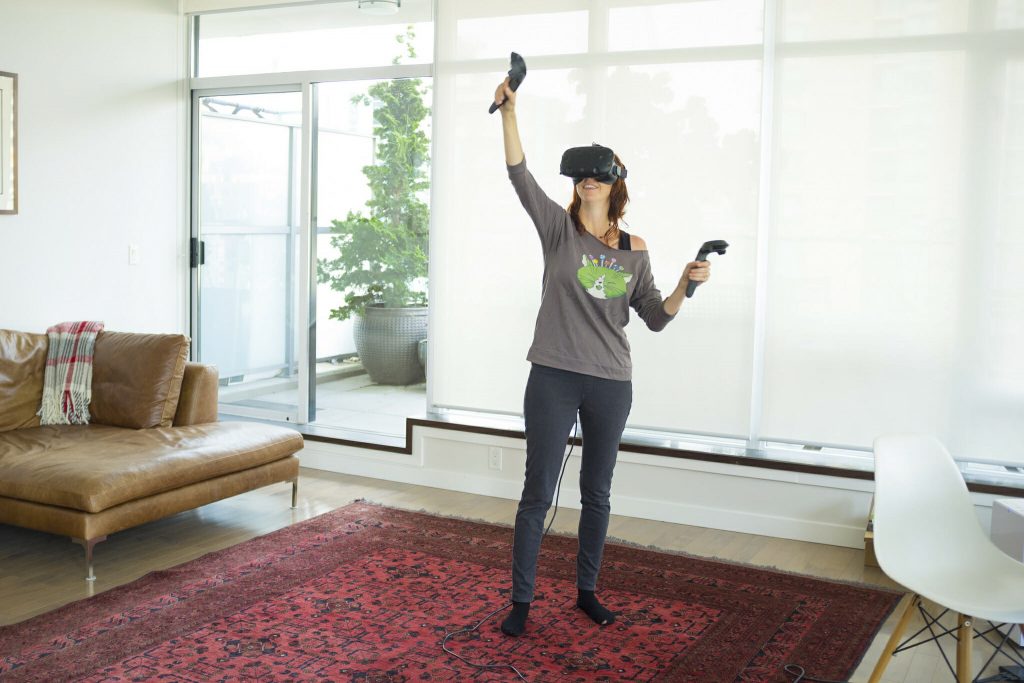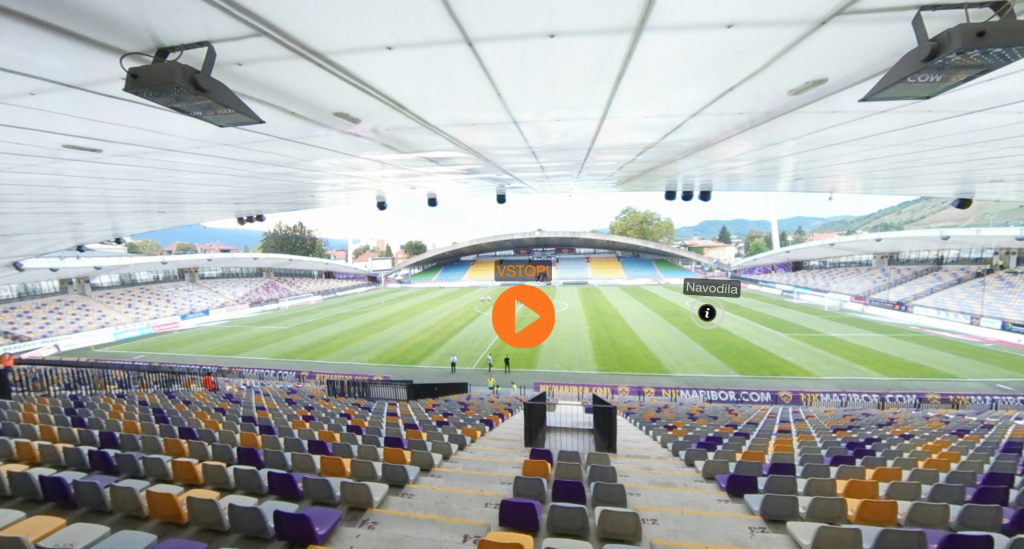Virtual Reality and 360 are coming and like any medium out there you will need to find a way to measure its performance. Analytics are important in every Industry. VR is not going to be an exception! There are more VR headsets being distributed – from high-end (HTC Vive, Rift), Medium (GearVR) and low-end (Google Cardboard, ViarBox). With the arrival of fun new content which is arriving steadily on all VR platforms, marketing agencies and creators themselves will need to find a way to measure and analyze customer behavior. Headset distribution is correlated with the amount of good content. Luckily, there are more and more ways to create VR content than ever before. You can use 360 spherical cameras for live footage or create your own using Unity, Unreal Engine, or other digital world building software. There are only handful of experts when it comes to VR/360 staging and “cinematography”. Most of the film producers – amateurs and professionals – are taking the plunge and are starting to provide services in 360/VR stories.
Start your free trial of Viar360!
360˚ video needs completely new approach with analytics than basic flat video
Us marketing friends love to check metrics such as page views, conversion rates, playthroughs, shares and etc. In the content marketing world – the video is king and will according to the predictions of a report from Cisco be dominated by video by 2019. The 360˚ is going to have a portion of that cake for itself too. Video analytics tells us how it has been perceived by the audience. Did they like it? Was the video production worth the effort? So what should we measure?
The number of views is usually a first idea that pops into the mind. But that can be a vanity metric. I have been listening to Ceu’s – Vagarosa album hundreds of time while cooking dinner, but I haven’t even watched the video itself.
A Better metric would be a play rate – the percentage of visitors that click play on your website and watch rate – percent of a video that a viewer actually watched. Has the user been skipping ahead of the video? The last thing I would measure would be social shares. Naturally, if someone liked the video he will want to share it with his friends.
But what about 360˚ video?
Actually, we don’t know. The measurable benefits are still being determined, but there’s tons of potential in the medium. Here’s what I would like to know about my viewers. Where were they looking? Have they noticed an important key element in the video that I wanted to be noticed? Did they click on an important object (conversion rate)?
The important distinction between video views in normal video and 360˚ video is that 360˚ video view requires 100% focus of the viewer, especially if he is in the VR mode (i.e. watching it with VR headset). He is already interacting with the video through the trackpad or mouse or inside the VR headset by moving his head around.
Whoever made a switch from traditional filmmaking to 360/VR has encountered a problem. VR as a medium is breaking a lot of rules. There are no frames but an entire 360 environment field. It’s a new sandbox that no-one has played in before. That’s why the first experiments are often less useful than later. But you will and want to experiment in VR. Why? Because marketing and advertising, sharks have smelt the blood in the water.
The recent viral craze of Pokemon Go app has proved that people, especially Millennials are prepared to embrace a new medium. Strictly speaking, Pokemon Go is not a VR app, but it does combine AR features. When I say crazy, I mean it because Pokemon Go has more daily active users than Candy Crush Saga or even Twitter. Now it’s threatening to overcome Google Maps. This “incident” have raised a lot of interest in the marketing industry, especially those that dabbles in AR/VR.
Can marketing use VR to attract new customers?
1. VR adoption rate is increasing
While big and pricey headsets such as Oculus Rift and HTC Vive are more niche products for gamers, the small low-tech VR cardboard is being distributed at a faster rate. Google says that over the last year, search volume about VR has increased by 400%. Marketing heads are already trying to figure it out how to create campaigns and avoid the risk of FOMO. Nobody wants to be left behind, right?
2. VR Stories are becoming easier to create
Traditionally written content creation takes a lot of research and planning. Video content takes, even more, time, since you have to take in post-production as well. VR and 360˚ videos involve the whole spatial area, so you have to deal with much more information than traditional videos.However, the prices of spherical cameras are dropping and with the emergence of web tools for added interactivity, almost everyone can create a solid VR/360 experience.
Check this 360 Shark video. If you’re watching in from the web browser it looks kinda cool, but if you would look through Google Cardboard, you would inside the pool while the shark is circling around you. It’s a completely different experience and smart marketing brands are banking on it.
That’s why at Viar360 we have been developing a heat-mapping tool that monitors the user’s’ behavior inside your immersive environment. Based on data, you will learn where are your viewers looking at. This is great for a couple of reasons:
A) It takes away the assumptions.
VR filmmaking is quite different than traditional filmmaking. It is much more challenging even for those of who think they know how to make a compelling story. Knowing that you cannot rely on years of video producing experience can be difficult, but necessary. We have to objective and analyze how the content was consumed in order to improve it the next time.
Heat-mapping the experience shows you exactly which areas were covered by people’s attention. Did they look at the key points you wanted to? Were they able to find interactive points quickly? The producer doesn’t know how to improve VR content if he doesn’t know where the viewers is looking.
B) A/B Testing
Something that is unique at Viar360 is A/B testing in 360 environments. Since the hotspots you are placing in the video lead to different media connections, the analytics will pick up on that and show you which hotspots were triggered more than the other. For example, you’re showing your viewers the scene of the virtual electronics store. On the shelf, you have two products, both with a looming hotspot over them. The first product is an Apple iPad and next to it a Microsoft Surface.
When you show the content to a number of viewers the analytical system will crunch the numbers and show you which hotspot was triggered first and more times. The number of case studies from this model of comparing is helpful in a lot of areas from surveys, product development (should we go with design A or design B) and many others. The other important feature I want to know is to see if my viewers are looking at the object I want them to look. Viar360 is solving this with so-called invisible hotspots. Invisible hotspots are placed in the 360˚ video but are invisible to viewers. The analytical model, however, pick-up if gaze has been passed through the invisible hotspot. I will know exactly if my object has received attention or not.
Conclusion
Marketing and advertising industry will need as many analytics as possible. The data gets translated into useful information that helps improve conversion rate. It’s obvious, at least I hope it is, that VR is not a place where you could place 2D banners and ruin the experience of the story. That’s why we need great stories from the producers on one end and collaboration with the marketing agencies with unobtrusive ads that don’t ruin the user experience. Heat-Mapping and extensive testing will help with product placements and user-friendly advertisement campaigns.
VR is here and it’s time to start thinking ahead. The amount of money, attention, and focus on small agencies to really big players in the digital space is enough to validate, that VR is playing for keeps.




